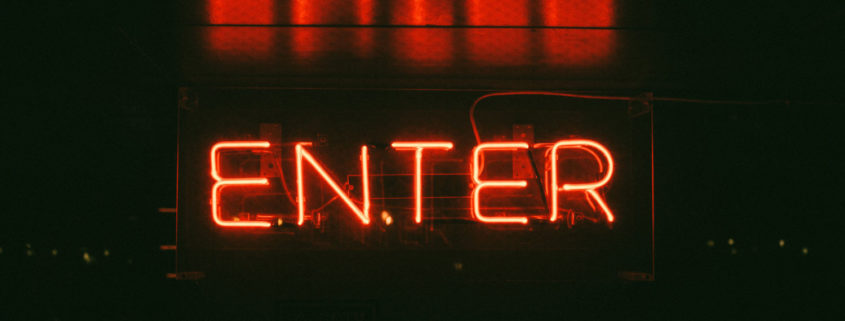Psychology of LED lighting in retail
We often hear about the effect of retail store atmosphere on consumer decision-making. The often cited classic example is the wine store and music study; playing French music led to more French Wine sales where as playing German Music led to more German wine sales. This is a great example of research demonstrating cause and effect on consumer behaviour with statistical support to back up the claims.
Given the effect of music on store atmosphere; we can start to question what other aspects of the retail environment can be controlled to help consumers with a purchase decision? Lighting has often been thought of as task orientated and functional is now emerging as another potential variable of atmospheric influence that could shape the consumer experience.
John Flynn took the first step beyond lighting as merely a functional environmental factor and identified four attributes: bright/dim, uniform/non-uniform, central/perimeter, warm/cool light. These dimensions represented a movement beyond task performance. Lighting designers have used these attributes to get the ambiance right, for instance, non-uniform warm white lighting cast on perimeter surface areas can create a relaxed atmosphere.
For Flynn lighting was as much as an art as a science and it’s only recently that researchers have started to move towards an empiric understanding of how light makes us tick. On a fundamental level people are clearly drawn to light and so light can draw attention to products. Summers and Herbert (2001) found that more belts where picked up and touched with the addition of bright lighting than under dim display lighting. For Flynn lighting was as much as an art as a science and it’s only recently that researchers have started to move towards an empiric understanding of how light makes us tick.
We a literature scan to try and find out what the state of the research is with respect to lighting and consumer psychology and we can see this area of interest is just getting started. The majority of lighting implementations in retail design are still inferential and based around links between lighting and emotion or mood but people are starting to specifically research the direct link between lighting and retail psychology.
We did find a couple of interesting pieces of work worth talking about. First, a researcher looked at 57 clothing stores to understand if lighting played a role in evoking atmosphere and found that it was a significant factor. This might sound like an obvious conclusion but in an area lacking research, it means that other researchers have a foundation to build off. Other researchers have found that bright lights and cool colour temperature* are associated with comfort and spaciousness plus order perception. However, it looks like retailers need to be careful that they don’t go too bright as overly bright lighting can trigger anxiety and pressure in some consumers. We also need to remember these factors are highly context dependent as the preferred lighting level has been associated with the social situation in question and the type of activities, for instance, shopping, eating, socialising.
With respect to specific use cases for lighting studies, we found one particular study of note. Participants where encouraged to shop for different items and then try them in dressing rooms where the lighting direction had been manipulated. The researchers found that the lighting direction in the dressing room had a strong effect on facial shadowing and concluded that frontal lighting is generally preferred for self dressing room evaluations. For clothing retailers a consumers perspective on how the look in the dressing room has a direct impact on a purchase decision. This leaves lighting designers faced a choice between overhead and frontal lighting to opt for frontal lighting if they cannot use both.
Whilst the research of consumer psychology and lighting is only just getting going it’s an exciting time to be in this space. With the advent of ‘smart’ internet connected lighting control systems the lighting industry are certain to develop much more interest in the psychology of lighting. More robust research will help enable innovative product development to help retailers shape customer experience and optimise customer decision making.






